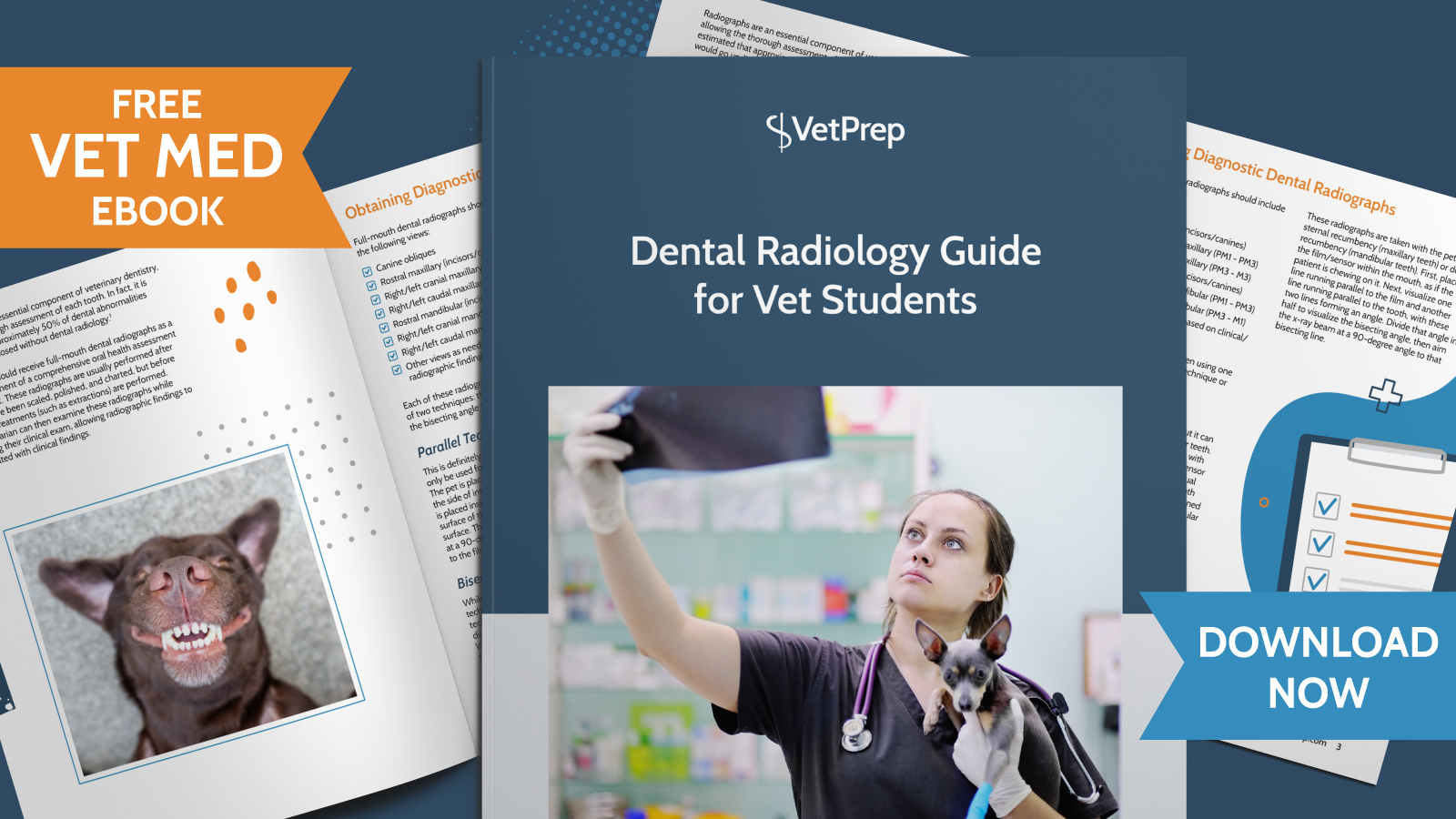
 If you decide to work in small animal practice after vet school, you will likely see a wide variety of dentistry setups during your interviews. Some practices may have state-of-the-art dental suites, while others may expect you to section multi-rooted teeth with a Dremel® on the treatment table. (I wish I was kidding!)
If you decide to work in small animal practice after vet school, you will likely see a wide variety of dentistry setups during your interviews. Some practices may have state-of-the-art dental suites, while others may expect you to section multi-rooted teeth with a Dremel® on the treatment table. (I wish I was kidding!)
Given the significant role that dentistry plays in day-to-day small animal practice, we’d all love to work in a practice with as many dental “toys'' as possible… but dentistry obviously isn’t the only thing that matters. A practice with other perks (mentoring, work-life balance, etc.) may leave you wondering just how much it’s reasonable to compromise on dentistry. Do you really need that super-fancy dental suite? If not, what are the absolute essentials that you should look for as you begin your job search?
A dental unit with a high- and low-speed handpieces and a scaler
A dental unit is a key piece of equipment for a routine dental cleaning. The unit should include a scaler (to remove calculus), a low-speed handpiece (which can hold a number of attachments, including a polishing cup on a prophy angle), and a high-speed handpiece (to hold a dental bur).
It’s not enough just to note that the practice has a dental unit; take the time to investigate and/or ask questions. I’ve encountered several practices that lacked a functioning high-speed handpiece, which makes it very difficult to perform dental extractions!
An adequate supply for burs for the high-speed handpiece
A high-speed handpiece is useless without burs. The practice should have a variety of dental burs available, including round burs to remove bone from tooth roots and crosscut fissure burs to section multi-rooted teeth. There should also be an adequate supply of these burs so you can easily replace a bur if it breaks or goes dull during a dental. The last thing you want to hear during a dental is “this is the only bur we have, so make it work!”
Sharpened hand instruments
A complete set of winged elevators is essential when performing extractions. And it’s not enough just to have these elevators; they need to be maintained and kept appropriately sharpened! Other required instruments include a periodontal probe, periosteal elevators, extraction forceps, and a suture kit. The dental instrument pack may also contain other types of elevators, a mouth gag, and other useful instruments. Dental instruments should always be sterilized between patients.
Adequate lighting for dentistry
Check out the area where dental procedures are performed. Is adequate light available? In many practices, light is provided by an adjustable surgery lamp that extends from the ceiling. However, a headpiece with a light and magnifying loupe can be just as helpful, as long as the practice has one available and keeps it in working order.
Dental x-ray unit
While there was once a time that vets could get away without dental radiographs, dental radiography really is the standard of care now. Without radiographs, you will miss a large degree of dental pathology, leaving problems untreated. Radiographs are also important before extractions (to document pre-existing problems and identify potential risk) and after extractions (to rule out retained root tips and other complications). If you find yourself considering a practice without dental x-rays, I would think long and hard about whether that’s really the best option for your patients and your career.
Focus on the Essentials
When you’re searching for your first job and comparing practices, it may sometimes feel as though you are comparing apples and oranges. It can be difficult to compare a modern, state-of-the-art practice with a smaller practice that offers other intangible benefits. Focusing on these five essential components of veterinary dentistry can help you ensure that each practice has what you need to provide quality dental care to your patients.




